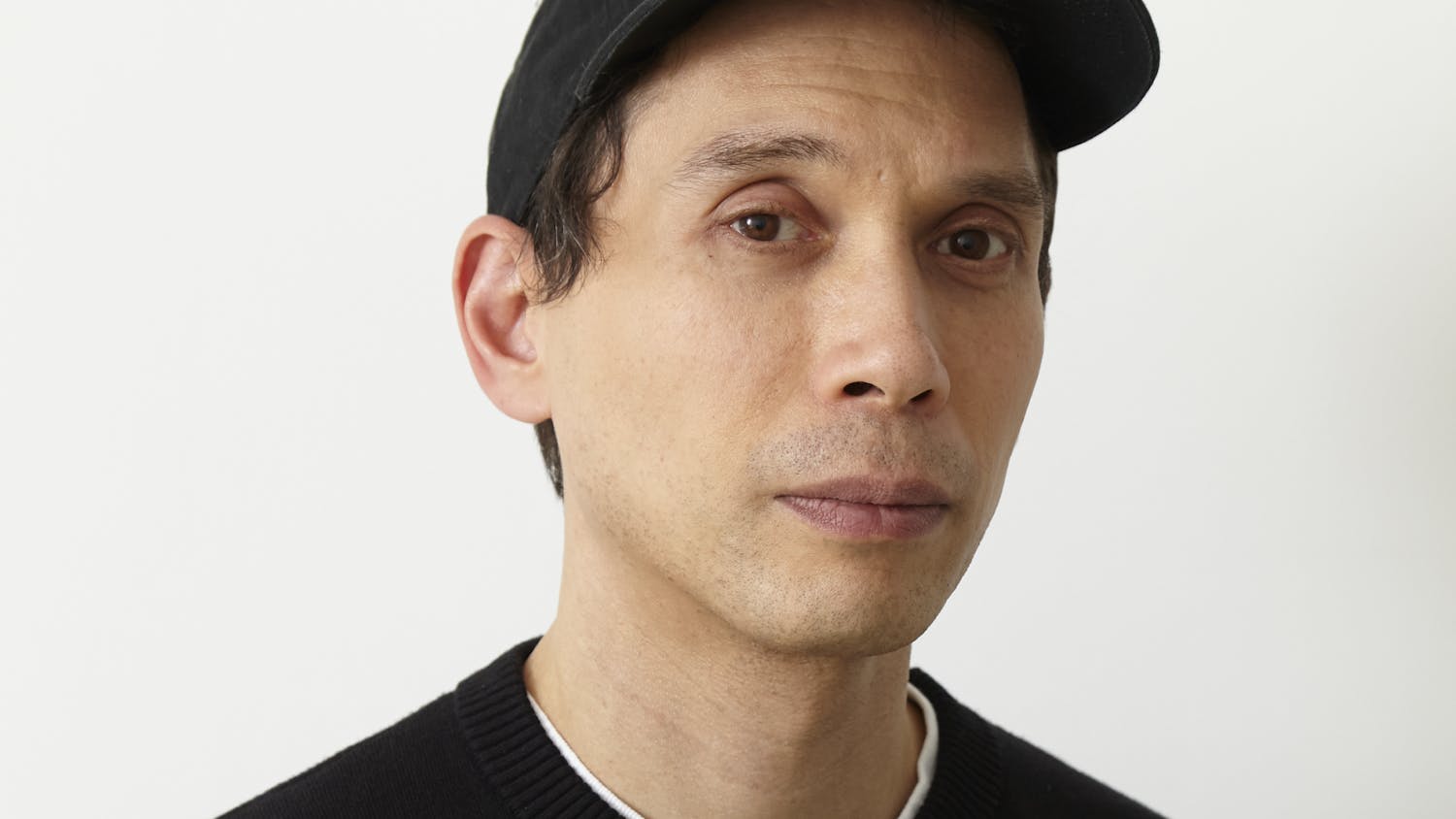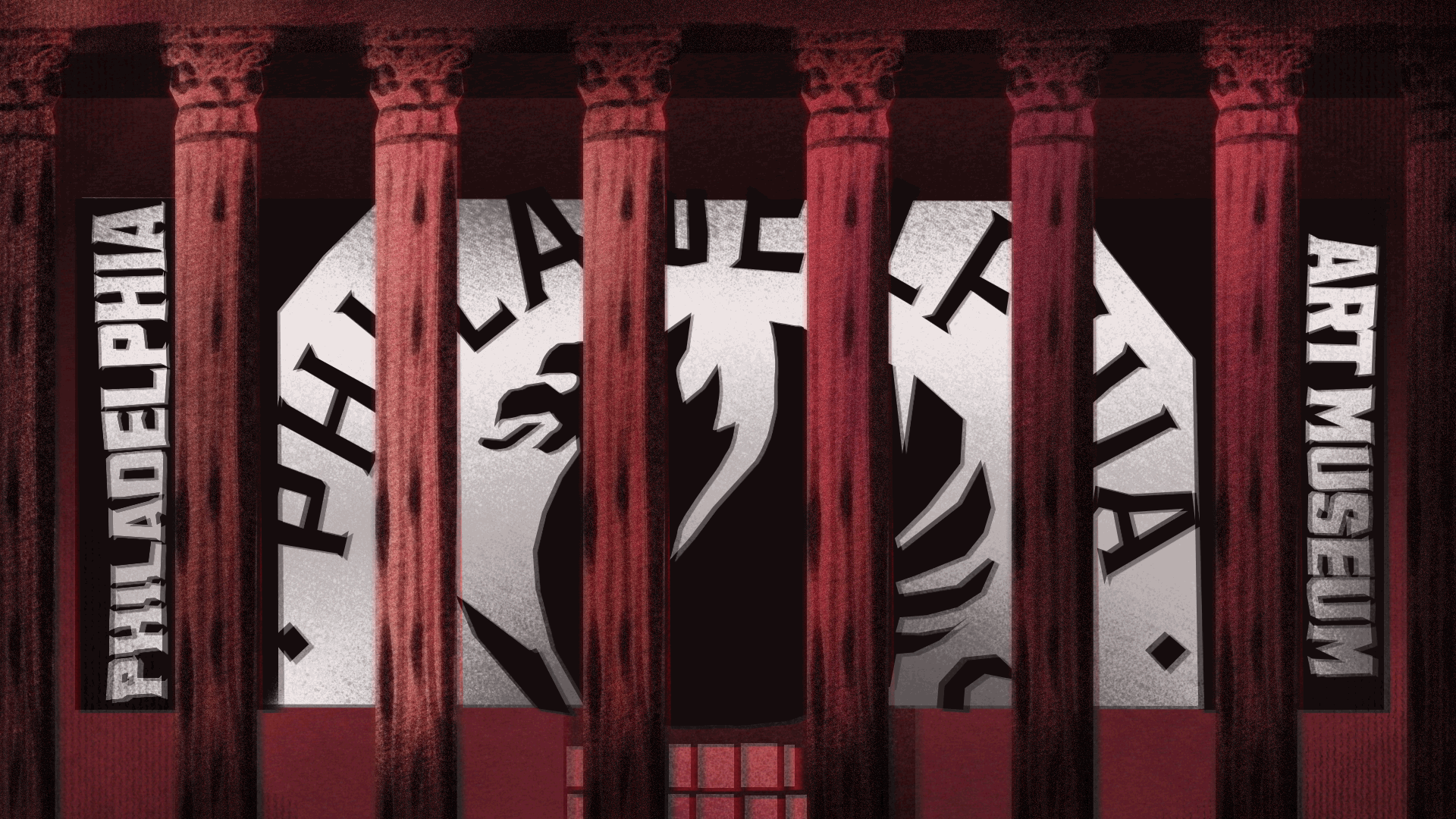Newly rechristened in honor of the late Anne d’Harnoncourt, the PMA’s sculpture garden adds additions to its urban sanctuary. By Hannah Keyser
Two years ago, the Philadelphia Museum of Art’s beloved and renowned director and chief executive, Anne d’Harnoncourt, died of a cardiac arrest at age 64. When she was named director of the museum in 1982, d’Harnoncourt became the only woman to head a museum with an annual budget of more than $25 million. During her 26–year tenure the only child of René d’Harnoncourt, former director of the Museum of Modern Art in New York, worked tirelessly to revive the popularity and prestige of the PMA.
Along with overseeing the presentation of numerous notable temporary exhibits, the Julia Child of fine arts (six feet tall with an inscrutable bearing and a voice that recalled the famed chef) headed the reinstallation of the museum’s European collections and the renovation of 20 modern and contemporary galleries and won an important court victory in 1989, which allowed the museum to integrate more than 1,200 European paintings left by the lawyer and collector John G. Johnson in 1914 into its overall holdings. Over the course of her career, Harnoncourt raised $310 million in two different campaigns and used those funds to embark on a grand, ongoing expansion beyond the museum’s walls. To date, the money has financed the acquisition of the Art Deco office building across the street and transformed it into the Ruth and Raymond G. Perelman Building –— home to the museum’s collections of prints, drawings and photographs, costumes and textiles, modern and contemporary design, library and archives.
On September 7, d’Harnoncourt’s would–be–birthday, Art Museum Drive and the one–year–old sculpture garden located atop the subterranean parking lot were renamed in honor of the late director. The now Anne d’Harnoncourt Sculpture Garden also received Claes Oldenburg’s (father of Penn’s iconic button) "Giant Three-Way Plug" (Cube Tap) as a gift from Geraldine and David N. Pincus in d’Harnoncourt’s memory. The stark and modern macro version of a common household fixture joins a chair, bench and table by Scott Burton, "Steel WomanII," by Thomas Schütte, "Flukes" by Gordon Gund and an inaugural series of pieces by Isamu Noguchi — an American artist who enjoyed a longstanding professional relationship with d’Harnoncourt — that will be displayed on a rotating basis to allow for the exhibition of new sculptures.
To the Museum’s credit, despite its impressive array of 3D art, the emphasis in the Anne d’Harnoncourt Sculpture Garden is on the garden itself. The one–acre “gallery” brings the surrounding Fairmount Park right up the Museum’s steps. Several levels of impeccably landscaped grey rocks and greenery house minimalist sculptures blend seamlessly into the ambiance. A concrete patio acts as a stage for Sol Lewitt’s geometric arrangements of concrete blocks entitled “Steps” and “Pyramid.” Save for their pedestals and plaques, Noguchi’s abstract stone pieces seem seamlessly integrate with their surroundings. Even the 10–foot–long Cor–Ten steel and bronze plug is unostentatious- or, as unostentatious as a 10–foot–long Cor–Ten steel and bronze plug can be. An attempt to make the art more prominent is evidenced by the fact that visitors can freely access explanations for each piece on their cell phones.
It’s this subtlety of presentation that lends the Garden an almost enchanted feel. The winding paths offer panoramic views of the Schuylkill River, Fairmount Park and the PMA’s impressive gilded architecture. The sculptures seem to grow out of the landscape just as one of the trees might and demand equal appreciation. Offering a relaxing afternoon and an off–campus study locale other than Rittenhouse Square, the Memorial Sculpture Garden at the end of the Schuylkill River trail is a destination as impressive and quietly dignified as its namesake.






